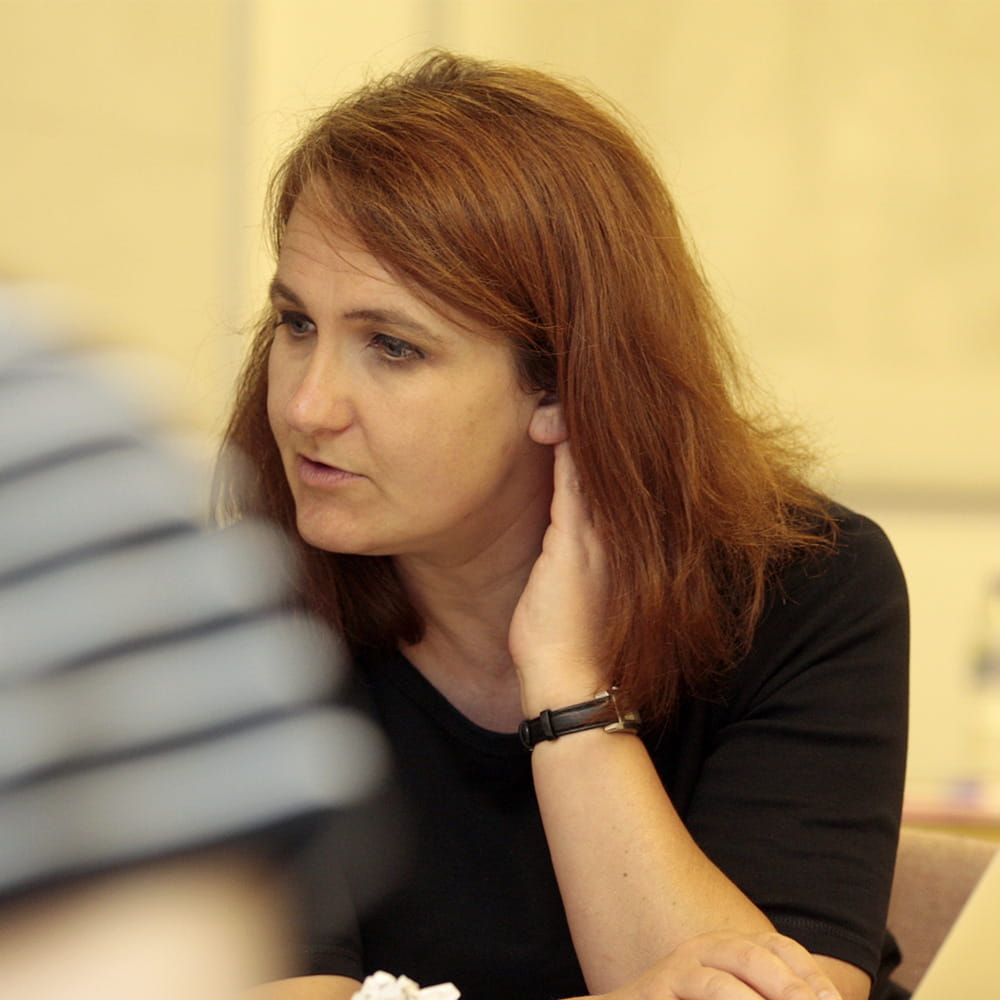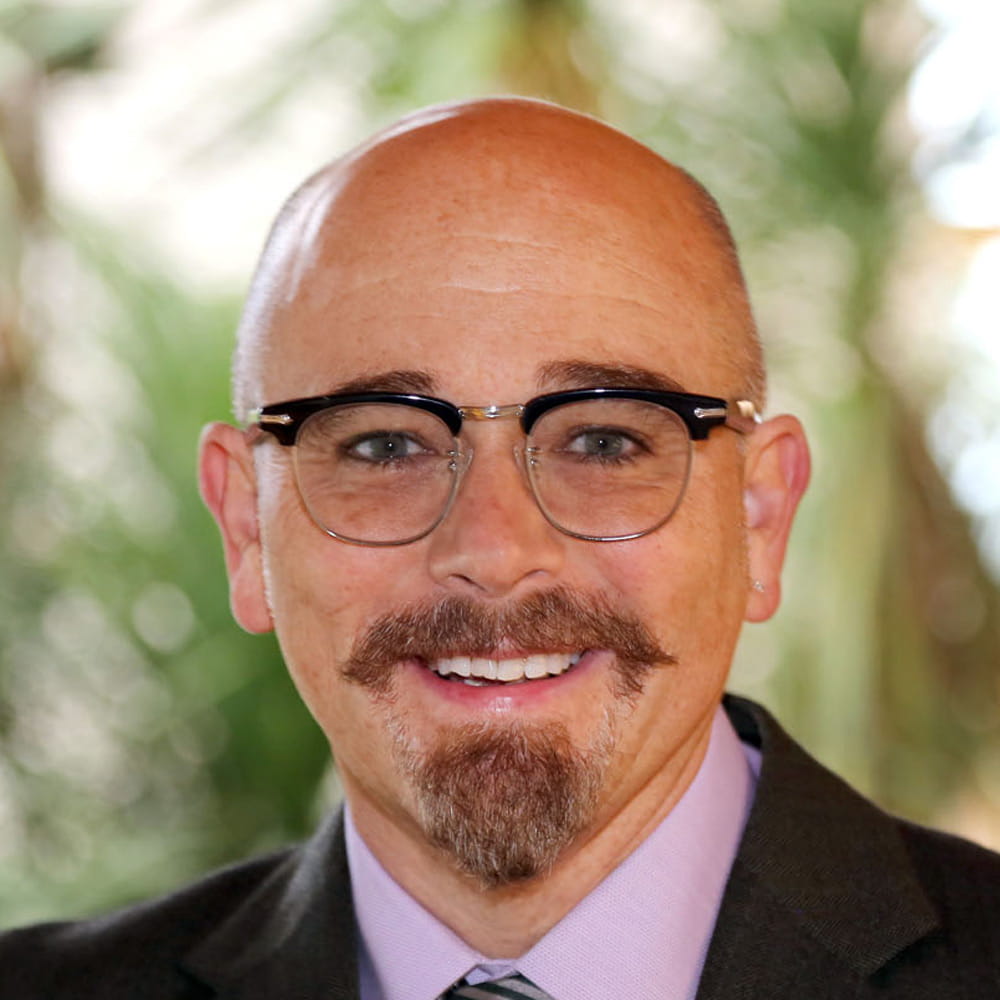All together now? Performance work in the entertainment economy beyond COVID

While digitalization and the idea that work is no longer a fixed place or time pre-dates COVID, changes in how work is organized and experienced during successive periods of lockdown has, for many, brought new challenges and opportunities to the fore.
The pandemic highlighted both persistent inequalities in the way work is organized as well as the ways in which some of the worst excesses of injustice might at least be alleviated. One group of workers to whom these issues were particularly pertinent are self-employed and freelance performers.
When the COVID pandemic first hit in March 2020 almost overnight, the largely self-employed and freelance workforce who are the bedrock of UK’s entertainment economy found themselves without access to paid work. With many struggling to make ends meet and sustain a sense of professional identity the consequences were, and still are, of grave concern.
Alongside health, education and social care, the creative industries were among the hardest hit sectors of work. But unlike other sectors, a substantial proportion of those working in entertainment, and not only performers, are self-employed/freelance (over 80% in some sectors, compared by an average of approximately 20% in the workforce as a whole).
Now, two years on, our research asks: What have we learnt? How have things changed? And what is needed for performers, and the industry more generally, to make a fair, sustainable and accessible recovery?
Our research so far on these questions has clearly shown how many performers have faced not only financial hardship, but have felt let down by a lack of government support and recognition of the contribution they make not only to the economy, but to the cultural life and wellbeing of the UK (and beyond) more generally.
While vital to understand, this does not tell the whole picture, however. Some freelance and self-employed performers, working independently, collaboratively/co-operatively, or under the auspices of arts organizations, found ways to continue to perform during lockdown. This enabled them not only to maintain and in some instances build communities of fans, but also to generate an income. Weekly singalongs are one notable example of this.
This raises several important questions: How might these new ways of working and performing be made sustainable, and what do they mean for what we think of as ‘live’ performance, and for how it is delivered and experienced? Has ‘live’ performance changed, and if so, how might its new/hybrid forms be as accessible, fair and sustainable as possible, without replicating, or accentuating, the precarity of self-employed/freelance performance work before and during the pandemic?
We know from research so far that the pandemic has accentuated inequalities, and accelerated changes, in the nature, meaning and experience of work, across the creative industries and beyond. It has exposed critical vulnerabilities across the labour market, including but not limited to the demographic contours of inequality. The latter have forced many performers to leave the industry altogether resulting, like so many other sectors of work, in a double-bind of overwork for some, who are often asked to take on more work and to work beyond their experience, skills and qualifications, and under-work or no paid work at all for others. This in turn has put working conditions at even more risk than before. For workers who were already relatively precarious, or who are from backgrounds that are widely recognized as disadvantaged across the labour market, the pandemic has resulted in a ‘crisis within a crisis’ as this is particularly so in the eponymous gig economies.
Systemic change is needed in order to build a fairer future for work and workers, including those at the heart of the entertainment industries that are vital to social, cultural and economic recovery, and evidence-based lobbying is crucial to this. In partnership with organizations like Freelancers Make Theatre Work, we have just launched the Big Freelancer Survey 2022, and we plan to repeat this survey annually over the next five years to build up a detailed picture of what is needed to make and sustain a fair recovery for our creative workforce, now and in the future.

